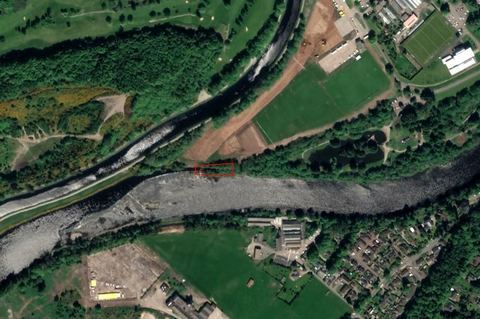Highland Council has unveiled plans to instal a hydro-electric “Archimedes Screw” in the River Ness to generate green energy that could be used to power local attractions.
The 100KW turbine will control the water flow from the river through to Whin Park and be able to generate 672,529 KWh, which is equivalent to the power for 150 homes.
It is estimated that the renewable energy project will generate an income for the local authority of around £90,000 to £120,000 at current prices.
The annual operating cost of the project will be in the region of £15,000.
The electricity that is generated by the turbine could also be used to supply council buildings, and local venues including the Aquadome and the archive centre, generating further savings.
The installation will be 14ft in diameter and allow a controlled water flow, as well as providing sufficient screen to protect various species of fish.
The turbine is designed to have a low environmental impact.
Councillor Allan Henderson, chairman of the local authority’s places committee, said: “This modern, innovative project provides an excellent opportunity for the council to generate income and renewable energy and make savings.
“The Archimedes Screw is a fascinating piece of engineering and technology which in itself should be a feature of significant interest and may hopefully inspire young scientists of tomorrow.”
The Highland Council contracted AMECFW and senior specialist in Archimedean crew hydropower systems, Mannpower Consulting Ltd, to develop the project design.
It is anticipated the planning application for the installation of the Torvean Micro Hydro Scheme Archimedes Screw will be submitted this winter and it will include consultation with relevant bodies.
Last month, the Press and Journal reported on an ambitious vision to create a visitor centre on the banks of the River Ness which would showcase life beneath the lochs and rivers of the Highlands.
The University of the Highlands and Islands (UHI) said that the aquaculture centre was an “aspiration for the future”.
It was understood that one of the sites being considered was an area of Inverness Common Good land by the river and close to the Highland Archive Centre.
